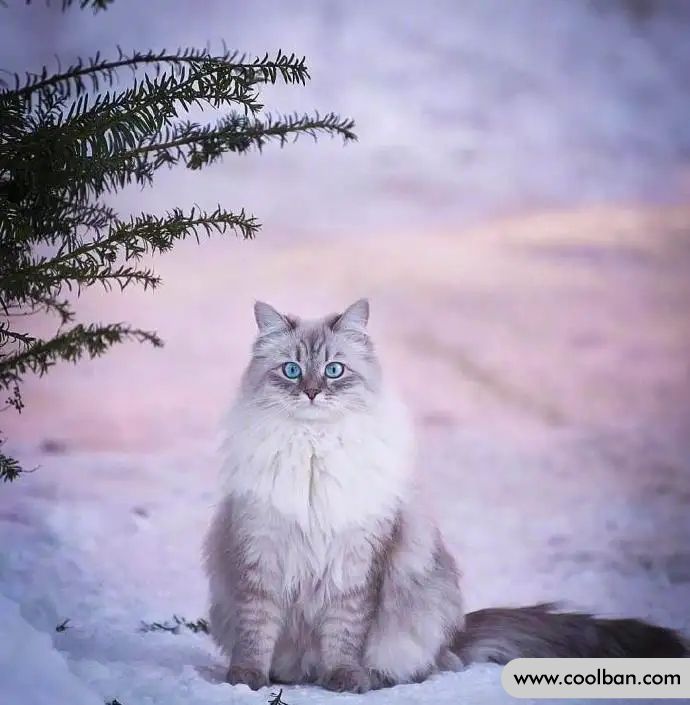Feeding knowledge of Siberian cats
The earliest written record of a Siberian cat appears in 11 Century: They are very common felines in Russian markets and the Siberian countryside. Because the Siberian cat lives in a country with harsh natural environment, the whole body is covered with long hair, and there is even a thick fur collar on the neck. Their outer coat is hard, smooth, and greasy, and the undercoat is thick and thick, which is why they are able to withstand the severe Siberian cold.
The Siberian cat has a long body with a distinctly spotted tabby on the white areas of the fur. Although the fame has spread abroad, the number is still very small, so it is very precious. The traditional color of the Siberian cat is the golden tabby. But after artificial breeding in the later stage, other colors also appeared. Siberians are born with short coats and don't have protective coats until three months of age.

Siberian cat breeding knowledge
The Siberian cat is a common breed in Russia. Due to its thick fur, it can survive in the extremely cold natural conditions of Siberia. Not only ordinary Russians have a very close relationship with cats, but even Russian politicians like to keep it.
Siberian cats are smart and lively, and it is a cat's nature to grind their claws, so there is no way to stop them. For a kitten, the claws are its most powerful weapon, so it is necessary to wipe off the aging cuticle from time to time when feeding it, so that it becomes extremely sharp. Additionally, the sweat glands on a cat's paw secrete an odor that it leaves behind when it scratches on furniture or walls. Just as dogs use urine to divide their territories, cats need to divide their spheres of influence in the home. However, if the cat is allowed to grind its claws, the sofa, curtains, chairs, carpets, wooden floors, wallpapers, etc. in the home will become tattered. Moreover, once the cat has identified the place to grind its claws, it will go there again and again to grind its claws, and the loss will be even more disastrous. Therefore, responsible breeders should start training their cats to develop good paw grinding habits as early as possible, before furniture is stepped on.

How to bathe a raised Siberian cat
Siberian cats have a high status in the cat family. The average weight of an adult cat is 6 kg, the largest can reach 12 kg. It is covered in fur and even has a thick "fur collar" around its neck. The fur is hard, smooth, and greasy, with a thick undercoat that helps them withstand cold weather. Siberian cats have elongated hind paws and are extremely dexterous.
When bathing a Siberian cat, first prepare a basin of warm water at about 40 degrees in the baby bathtub, slowly immerse the cat in the water, stroke the cat's back, and push the water to the cat's body with your hands. Be careful not to wet the cat's head and face with water when bathing, this may cause the cat to become averse to bathing. After the cat's fur is completely soaked, remove the cat from the basin and rub the cat's body with diluted pet-specific shampoo. Be careful not to miss the cat's belly and armpits when scrubbing, but don't wash your face. After the lather is completely rubbed off, put the cat in the basin and wash it again. If you have a water heater, you can rinse the cat directly in the shower. If not, change the water several times and rinse thoroughly. Dry the cat as much as possible with a towel after bathing to shorten the drying time. After drying, you can put the cat in the carton and use a hair dryer to dry the cat hair. During the drying process, pay attention to the temperature not too high, and keep a certain distance between the hair dryer and the cat to avoid burning the cat's hair. After your cat's fur has dried, perform proper maintenance of your cat's eyes and ears with steroid-free antibiotic eye drops and cat ear oil.
